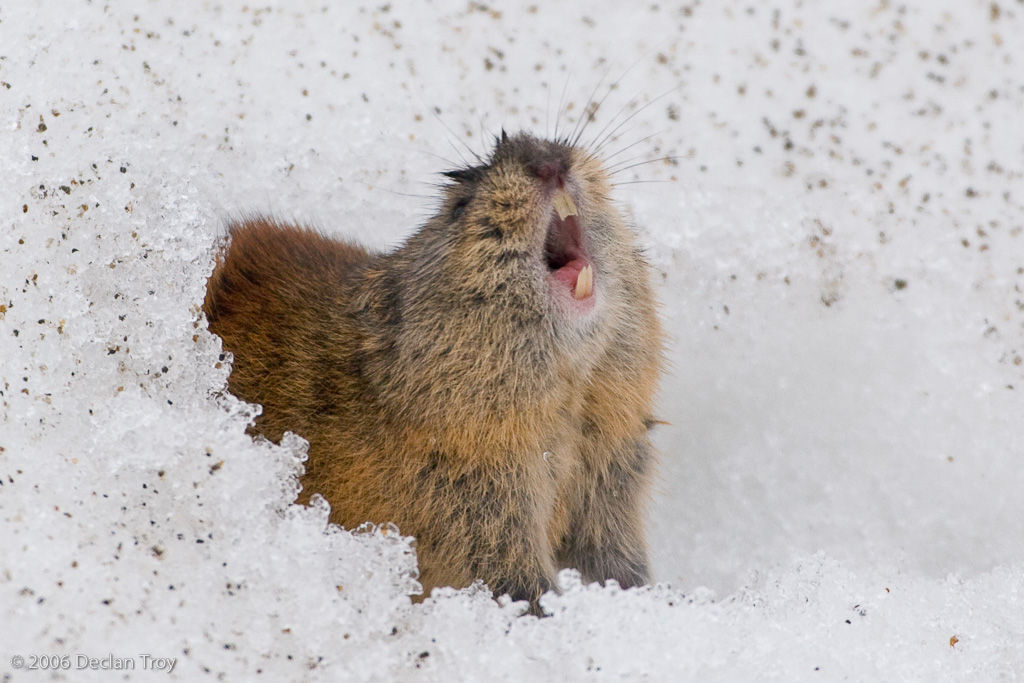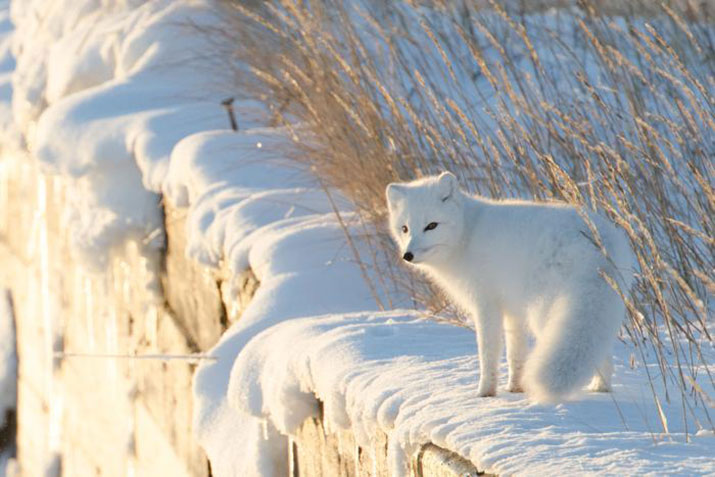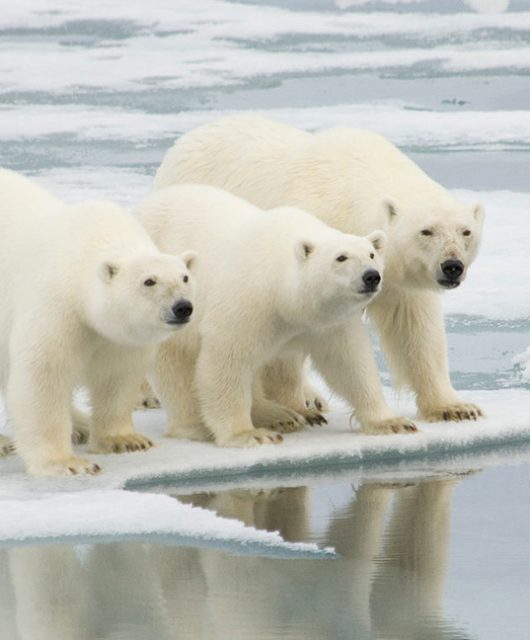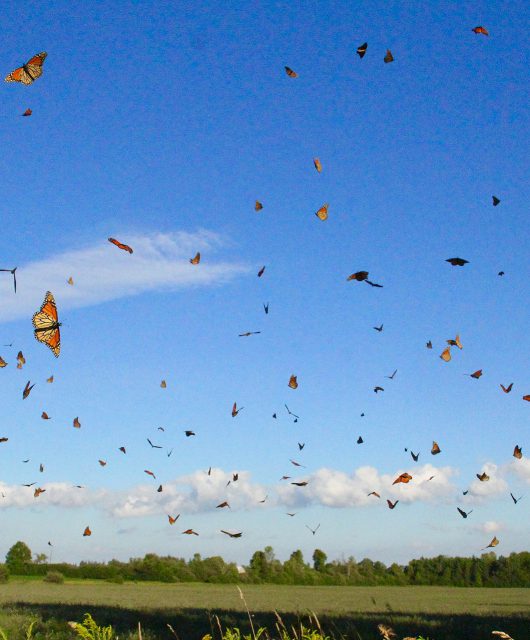It’s National Wildlife Week, share your wildlife wonders with us and explore the Canadian habitats.
National Wildlife Week (April 7 -13, 2024) dates back to 1947 when Canadian Parliament officially proclaimed the week a national week. April 10, 2024 is also the birthday of the late Jack Miner, a Canadian conservationist. He was often referred to as “Wild Goose Jack,” as he was one of the first conservationists to determine the migratory paths of North American birds and is credited with helping save the iconic Canada Goose from the brink of extinction. While we won’t all save an animal from extinction, we can all have a positive impact on our wildlife and the places they call home when we #DoMoreForWildlife.
Throughout the week we encourage you to share your Wildlife Wonders stories and questions with us! What are “Wildlife Wonders”? These are moments when you’ve been transfixed by nature, and stopped to wonder what more you could do for wildlife. Maybe you encountered a rare species in its natural habitat, such as spotting a Bald Eagle soaring overhead during a hike in the mountains. Maybe you came across a shoreline littered with plastic waste and wondered how this impacted shoreline species. Share your Wildlife Wonders today!
Exploring Canadian Habitats: The Tundra

These mouse-like rodents live in treeless areas and are about 150 millimetres in length. Can you guess which region lemmings inhabit? If you guessed the Arctic tundra, then you would be correct! These warm-blooded animals remain active without freezing!

Lemmings are one of the smallest mammals in the Arctic and are a key species in the Arctic ecosystem. They are an important food source for the small Arctic Foxes, powerful Snowy Owls and Jaegers (fast-flying birds, relatives of the gull family). Long Arctic winters are critical for the lemmings as they do not hibernate. These warm-blooded animals remain active without freezing! Their short ears, tails, and legs reduce heat loss, and they shed their winter coat for a ticker one in the winter. For unknown reasons, the lemming population tends to fluctuate drastically, peaking about every four years and then crashing almost to extinction!

Lemmings are one of many resilient species calling the Arctic tundra home.
Learn about all of the habitats we are exploring this National Wildlife Week or learn more at visit, HWW.ca.




